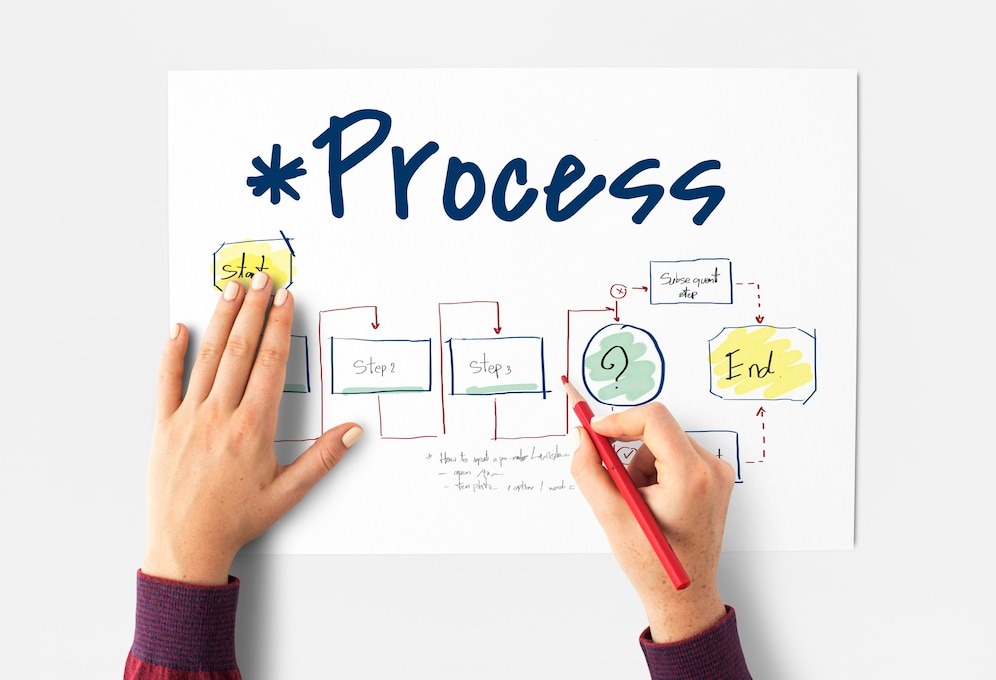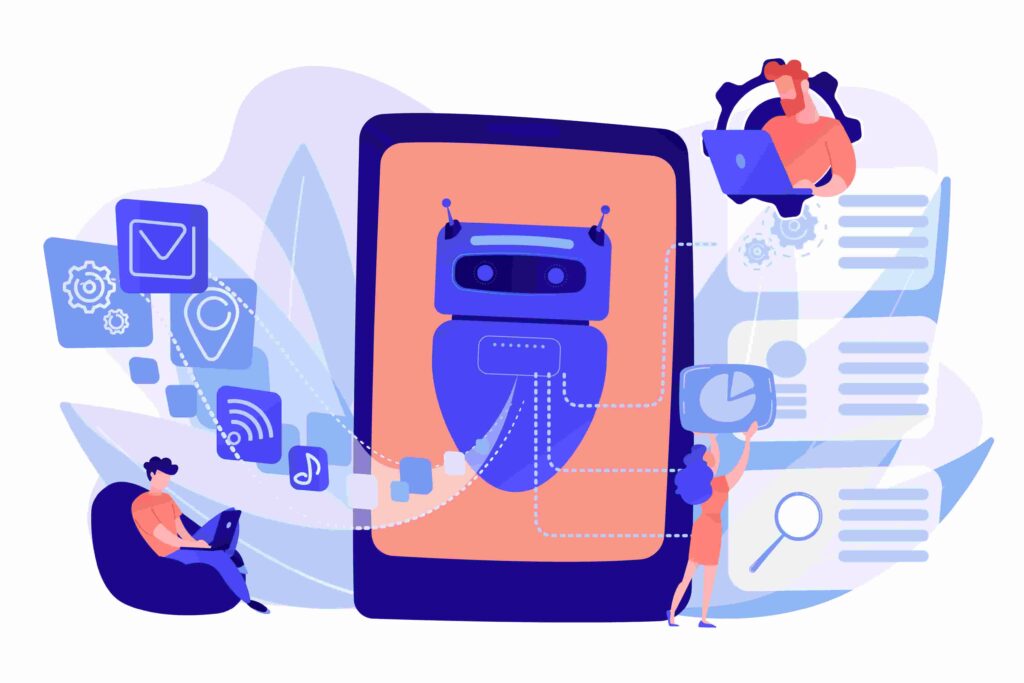Good performance of help desk and service desk depends on well-designed processes, constant investment in training, and technology to facilitate access to information and data analysis. Service flowchart is an essential tool to ensure a comprehensive view of all parts of an operation.
In this article, you’ll learn what a flowchart is, why it is important, and simple tips to build a better flowchart.
What is a service flowchart?
Service flowchart is a tool that organizes the various stages of the customer service process. Using visual resources, it helps understand the sequence of actions to be performed in a customer contact.
This way, managers can refer to a flowchart to check whether the sequence of actions has been performed correctly. Also, if a problem happens, a flowchart will help managers eliminate it and optimize the operation. Flowcharts also provide employees with a better understanding of their roles within the process and can help identify bottlenecks.
Why is a service flowchart so important?
The aspects described above highlight the impact of a service flowchart on operational and strategic activities of a company. However, customers have the most important benefit of process optimization, as they evaluate their problem-solving experience based on the speed and precision of services offered by your company.
In general, the positive consequences of implementing a service flowchart include:
- standardized service;
- stronger continuous improvement cycle;
- reduced operational expenses;
- potential increase in customer loyalty.
How to build a service flowchart?
Although it seems very easy to use a service flowchart template available on the internet, it’s important to keep in mind that every operation has its own particularities. Therefore, no matter how many templates you use, a careful analysis should be conducted of your company’s and customer’s needs.
However, general service flowcharts have seven essential steps in most organizations:
1. Customer request
The first step refers to the moment a customer contacts your organization with a request. Companies that use omnichannel platforms can receive requests through several channels, including:
- email;
- chat;
- apps;
- telephone;
- messaging software, such as WhatsApp.
If you company offers services through many channels, the service flow will be more complex as certain requests are forwarded to specific contacts for fast ticket resolution.
These particularities must be considered when developing a flowchart. Also, a ticket system should be adopted with demand logging and categorization resources. In addition to helping forward every contact correctly, it allows managers to learn more about the operation and implement improvements.
2. Understanding the situation
Service operators must collect information to better understand the customer request or problem and the level of complexity to resolve it. With this information, the operator can conduct the customer through the process in a clear and objective manner according to predefined procedures.
3. First attempt to resolve a customer request
After understanding the customer request, the operator must be able to identify whether he/she can resolve the problem or if the situation requires the participation of other experts or departments. At this point, it’s important to have an easily accessible knowledge base showing the standardized procedures and possible solutions for every request.
4. Specialized service
When the first service level doesn’t have the tools or knowledge to resolve a ticket, the customer must be forwarded to someone with a higher level of expertise. However, this type of action should be avoided as much as possible as it can cause customer dissatisfaction.
In addition to valuing team training at the first level of service, both in technical and behavioral aspects, all operators should know where to forward a customer if this situation can’t be avoided.
5. Confirmation of request resolution
Before closing the service, the operator should ask the customer if the request has been resolved and if he/she has any questions. This answer has to be recorded along with a description of all actions performed during the contact. This information will be useful if the same customer contacts your company again in the future or if another customer has the same request.
6. Customer satisfaction survey
A customer satisfaction survey is a fast and convenient tool to obtain a customer feedback about the service provided. Negative feedbacks should be carefully analyzed, as they may reveal the causes of poor service of help desk and service desk teams.
7. Feeding a knowledge base
Finally, all data collected from the beginning to the end of the service are useful as they feed the knowledge base, a key element in the continuous improvement cycle. When analyzing such data, the team can identify recurring failures, optimize processes, and speed up future contacts.
How to optimize the customer service in your company?
When thinking about the steps of a service flowchart, it is easy to see how technology increases the efficiency of support teams. An intelligent system optimizes management, improves team productivity, and sets priorities, which is a critical factor for ensuring customer satisfaction.
Want to know more? Contact us to understand how a ticket management system can be a strategic upgrade in help desk and service desk management.








